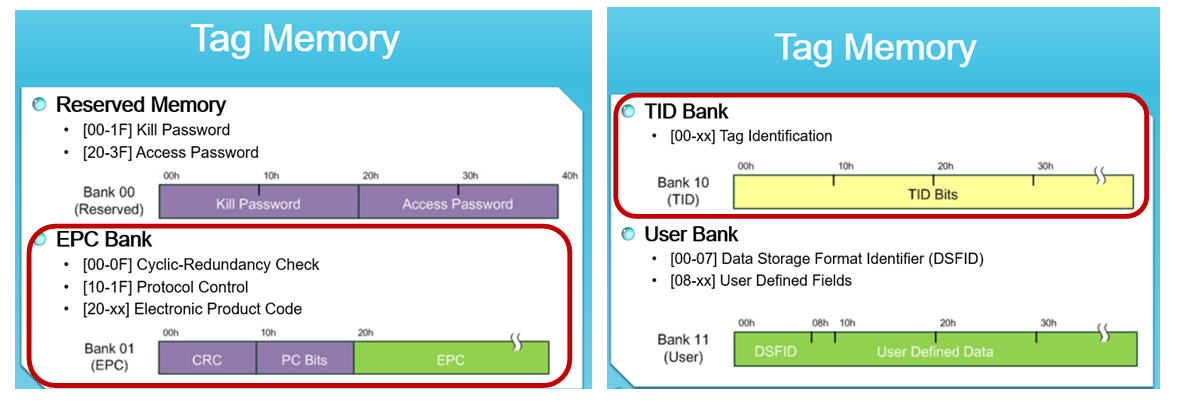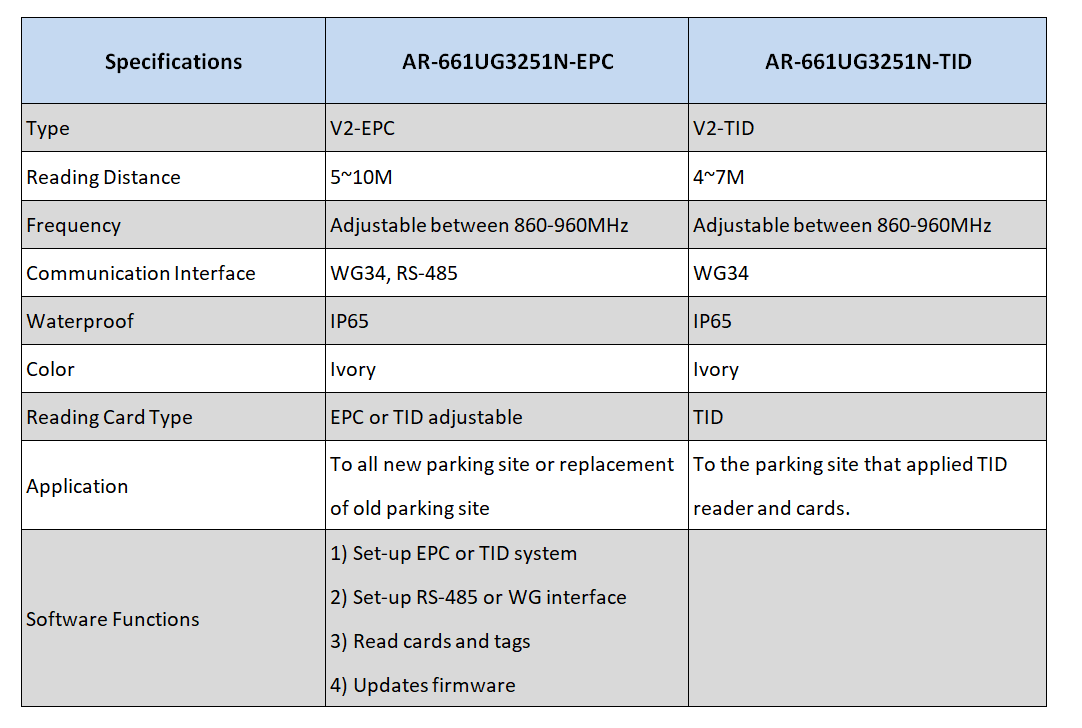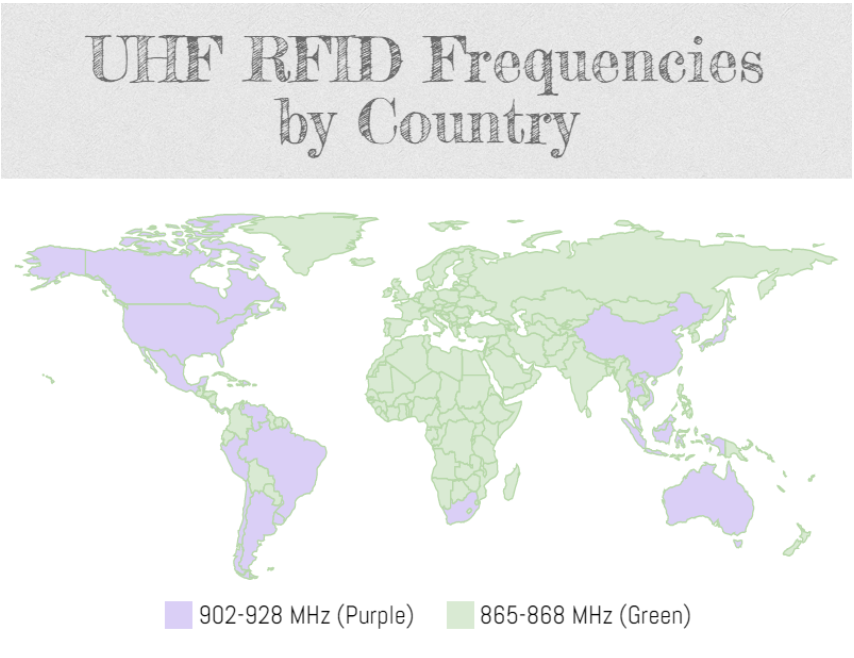編 號: I005020
日 期:2018-01-14
答 案:
1.What is UHF RFID?
The latest worldwide standard in passive RFID is Ultra High Frequency. The UHF frequency band covers a range of 300 MHz to 3 GHz. Systems complying with the UHF Gen2 standard for RFID use the 860 to 960 MHz band. The read range of passive UHF systems can be as long as 12 m, and UHF RFID has a faster data transfer rate than LF or HF. UHF also supports multiple tag reading (i.e. reading more RFID tags at once) which LF and HF do not.
2.What is EPC & TID?
Gen2 UHF RFID Memory Standard
Generally speaking, the memory of a tag is split into four: the reserved, EPC, TID, and User Memory.

Tag Identifier (TID) Memory
The TID or Tag Identifier is 20 bytes or 160 bits. These means there are 1,460,000,000,000,000,000,000,000,000,000,000,000,000,000,000,000 different possible tag IDs (1.46 * 1048). Every RFID tag has a unique TID. The TID is not editable.
Electronic Product Code (EPC) Memory
An Electronic Product Code (EPC) is a universal identifier that gives a unique identity to a specific physical object. EPC numbers vary in length from 96 bits to 496 bits. The most common EPC lengths are 96 and 128 bits.
Some chipset manufacturers make their EPC numbers unique, while others do not. This is important to note when you purchase RFID tags. If you purchase tags without unique EPC’s, when the tags are read, it will look as though only one tag is in the read field being reported. If tag EPC’s are not unique, they can be encoded to unique values using an RFID printer (if inlays or RFID labels) or by encoding one tag at a time.
Unless the EPC memory area is locked, EPC values can be read and rewritten as many times as necessary.
3.What is the difference of AR-661UG EPC vs. TID?
As explained above, a tag has TID bank and EPC bank. When a reader is programmed to read TID bank it is called TID type; when a reader is programmed to read EPC bank it is called EPC type.
AR-661UG is Stationary UHF RFID Reader. It has standard WG interface to controller as well as RS-485 ports connecting to PC, compatible to all standard Access Control System. The device is ideal for outdoor applications, for example car parking entrance/exit. We also offer cost-effective UHF long read range passive tags.
The new version of AR-661UG3251N-EPC type has adjustable function to read TID or EPC tags, however this has to be done by SOYAL Stand-alone RFID Reader Calibrator Software. The software is free to download upon the request.

4.Frequency
UHF RFID Frequencies vary in each country based on each country’s regulations. Each country adopts an UHF RFID frequency that best fits within that country. These frequency ranges and standards were first put in place by a group of organizations – the International Organization for Standardization (ISO), the International Electrotechnical Commission (IEC), ASTM International, and EPC Global. These frequency bands are now known as the ISM bands, or the Industrial Scientific and Medical Bands.
UHF RFID technology uses two main frequency ranges — 902-928 MHz and 865-868 MHz; however, a few countries have adopted either multiple bands or unique ranges on the ISM standard. Our device is adjustable frequency between 860-960MHz by order.
